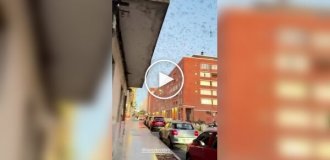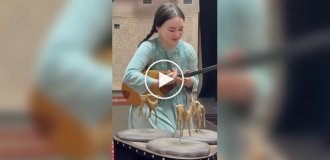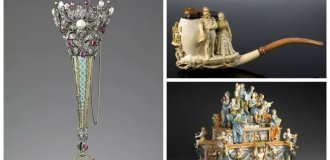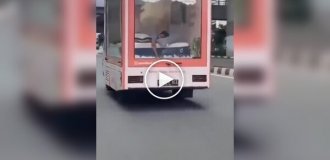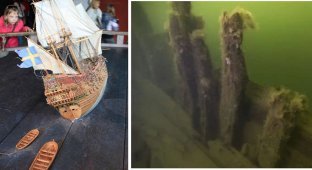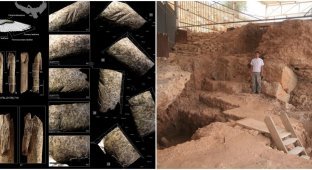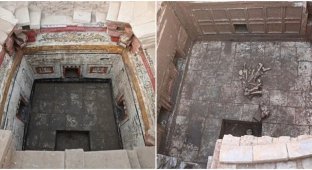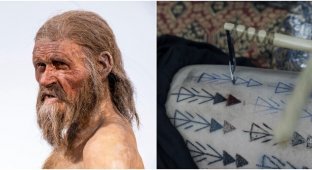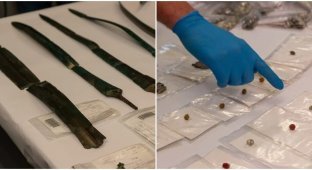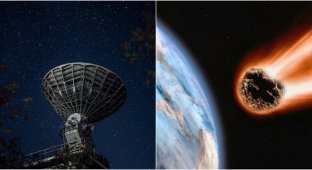Not a potato or a microbe: scientists have found a strange predator from the Cambrian period (6 photos)
Archaeologists found this strange little creature in ancient deposits in China. The size of the prehistoric creature is only 1 mm. The oldest representative of the fauna lay underground for a very long time - about 500 million years. Archaeologists named the strange creature Saccoritus coronaris. 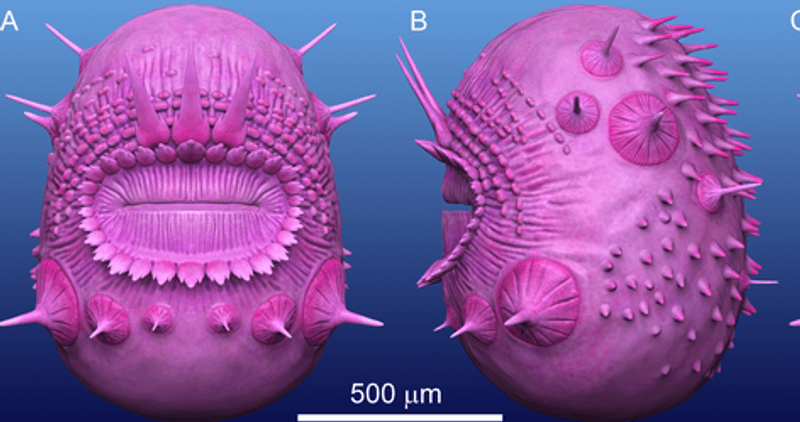
Lived between soil particles
Previously, scientists believed that the microscopic fossil was one of the earliest ancestors of humans, belonging to deuterostomes, bilaterally symmetrical animals. As is known, this class includes echinoderms and chordates, including humans. But later scientists found out that the baby is more closely related to crabs. 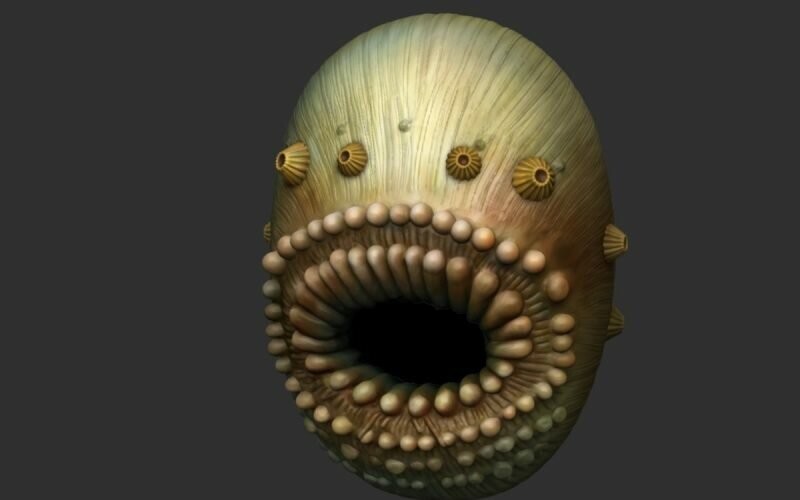
According to scientists, at the dawn of life on Earth, these little tiny creatures lived between soil particles. Moreover, they were precisely adults, and not larvae. 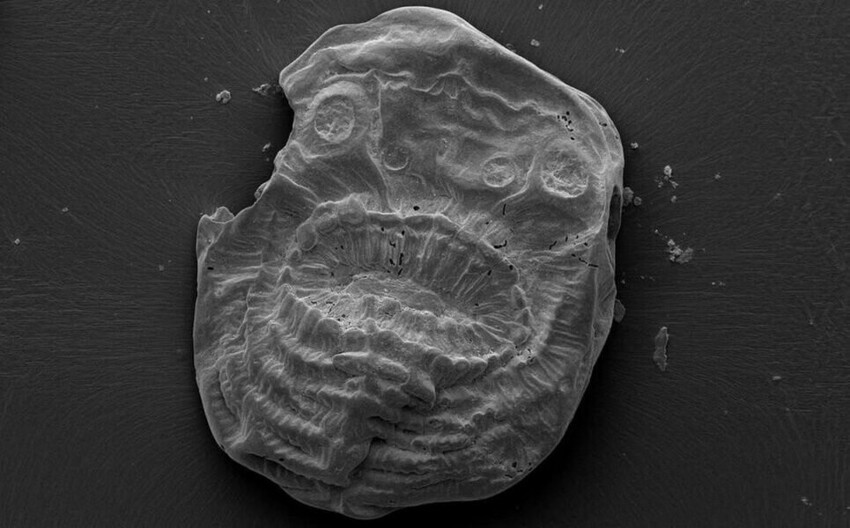
Cambrian extinction
In Cambrian times, the planet was inhabited by many mysterious animals. Most of the fauna of that time disappeared as a result of the great extinction. What exactly led to the Cambrian extinction, modern scientists can only guess. Paleontologists today cannot even classify many of the creatures that lived then. 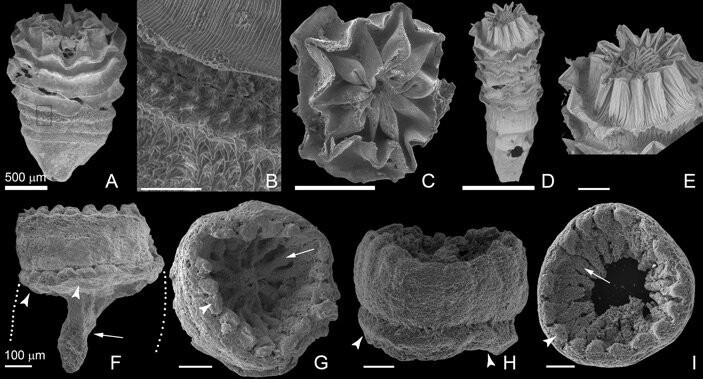
The found “potato” with a mouth and “eyes” became exactly such a creature. Saccoritus coronaris was discovered by researchers in the Chinese province of Zhanzhigou in rocks of the Lower Cambrian period in limestone mixed with layers of apatite. Such rocks usually contain large amounts of prehistoric fossils. Most of these fossils are fossilized pieces of soft tissue from creatures. 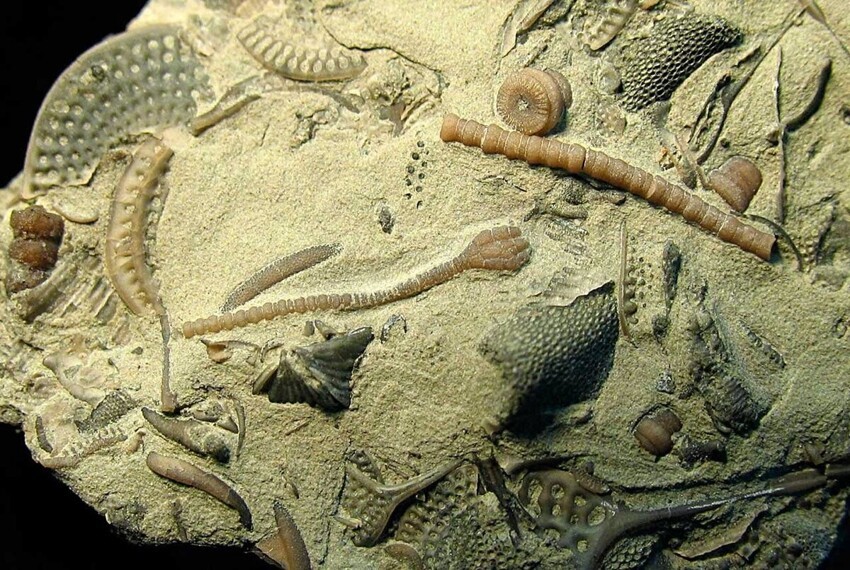
Under a microscope, scientists can observe in these sediments huge colonies of microscopic creatures that once inhabited our planet.
Saccorhytus coronarius
To date, scientists have discovered about 50 specimens of Saccorhytus coronarius, ranging in size from 0.5 to 1 mm. All of them are shaped like soft oval bags. Over time, the creatures were deformed by the rocks, but the shape still remained clearly visible. 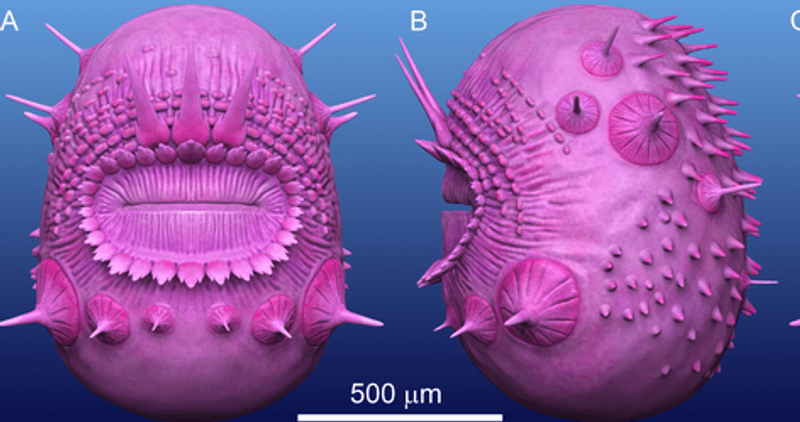
Reconstruction. This is what the creatures once looked like
Scientists interpret the largest hole in the “bags” with “teeth” as a mouth. The creature's mouth with bristles was able to swell, smoothing out the folds around it. The bristles once served the creature to capture prey.
If you liked the article, give it a thumbs up, comment, subscribe. This will greatly support the channel.
